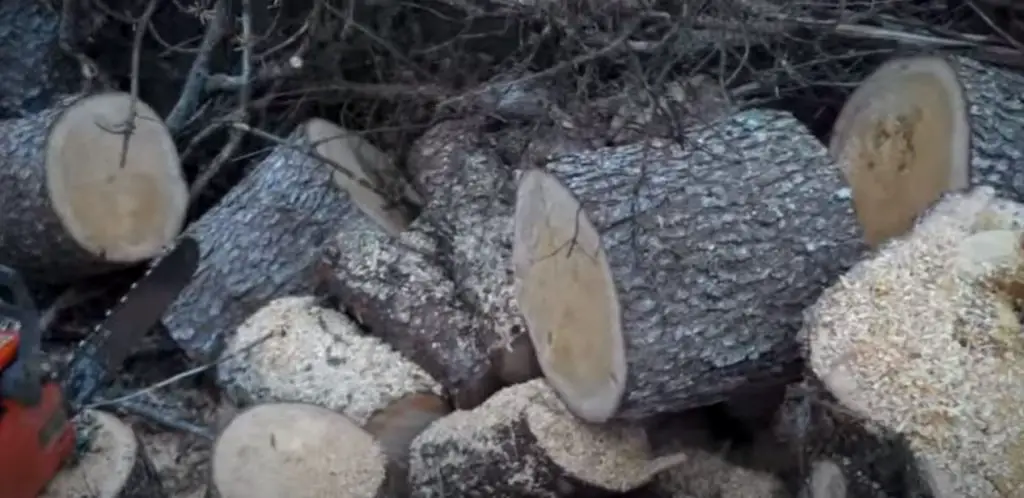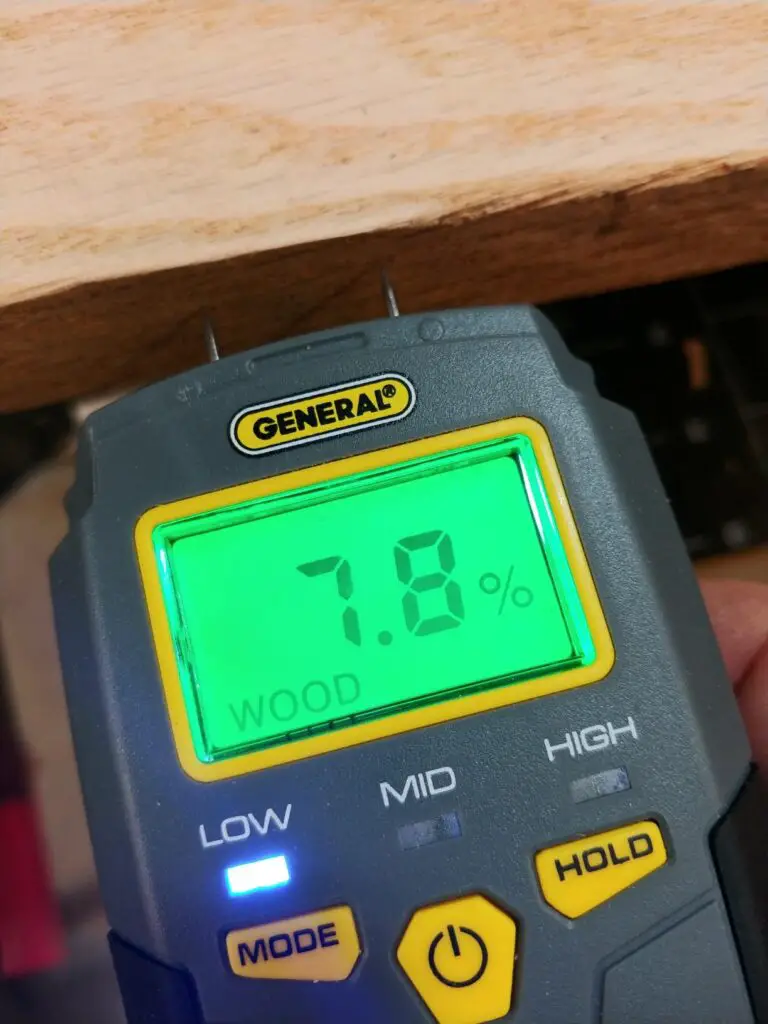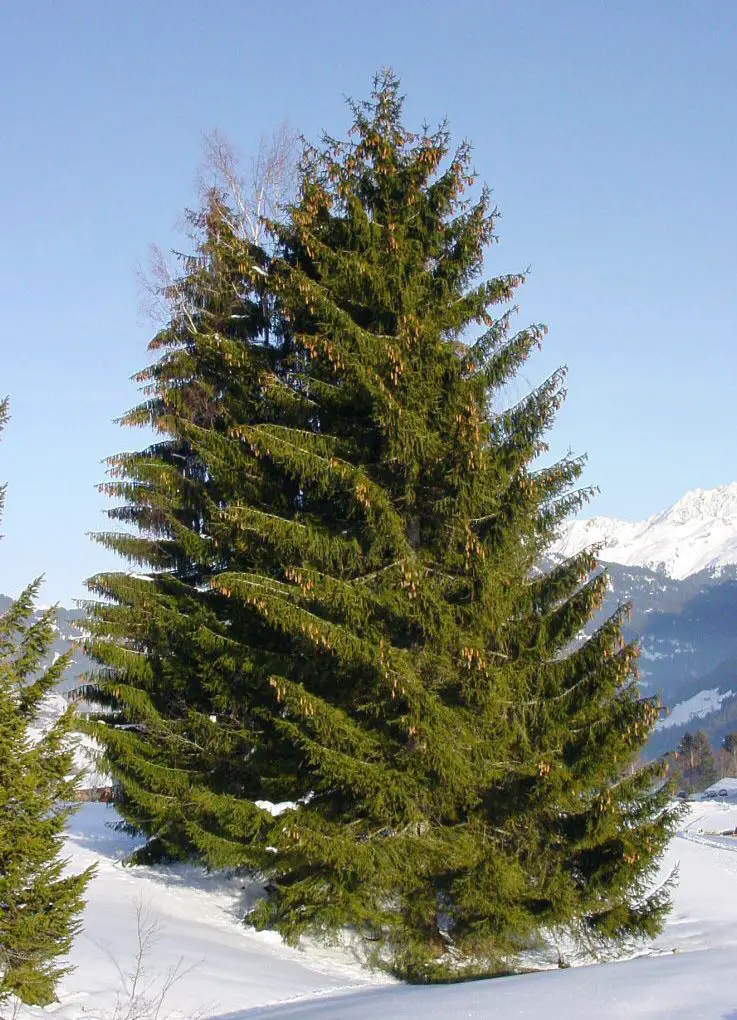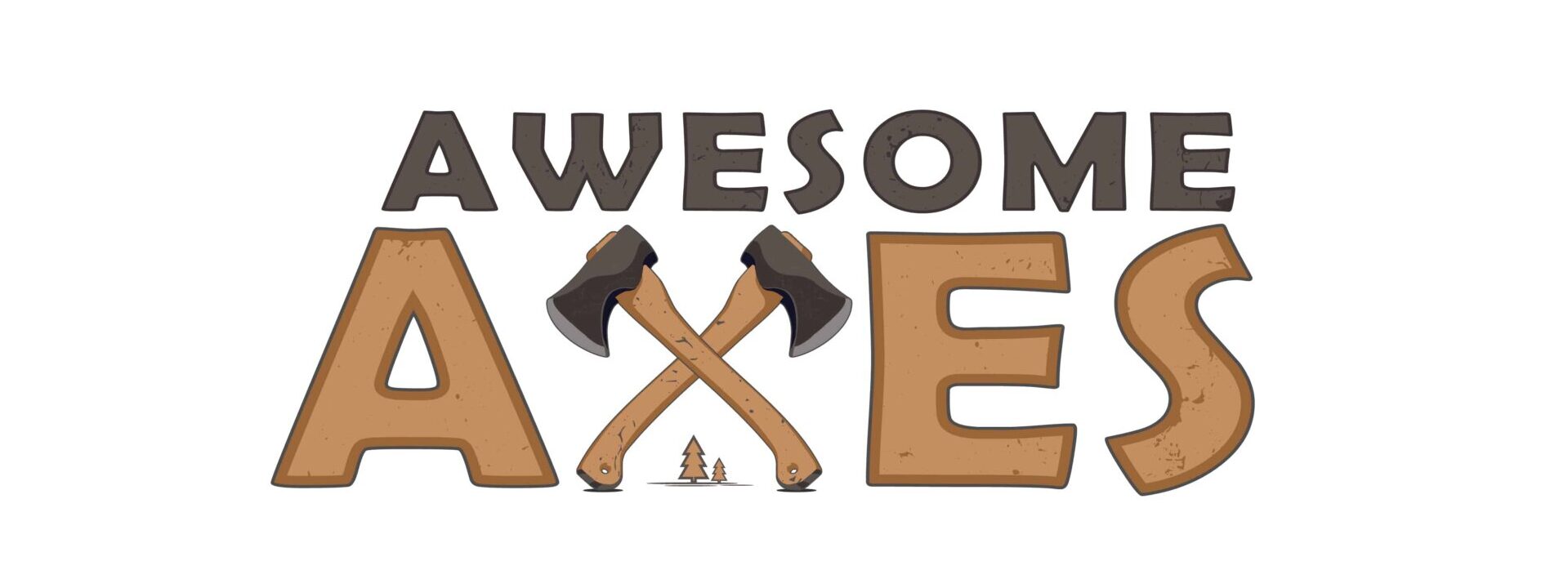Spruce is poor firewood with low heat production, high resin content, and moderate smoke generation. It is useful as a quick igniting kindling, but not as the main fuel source for your home in winter.
Spruce is a tree used for paper production, but I don’t rate it as good firewood. It is softwood with low heat production and a high resin concentration, producing a moderate amount of smoke. The resin in spruce firewood also makes the wood crackle and pop as it burns.
I have also found that it doesn’t produce good cooking coals because it burns quickly. One of my favorite spruce uses is fast-burning kindling to get a fire of hardwood started.
Table of Contents
Summary
- BTU: 14-17 million BTU/cord
- Weight: 2800 lb/cord green
- Seasoning Time: 12 months
- Splitting Difficulty: Easy
- Sap Content: High
- Smoke: Moderate
- Smell: Neutral
Overall, spruce is poor firewood. Its heat production is much lower than the top-tier firewood of oak and hickory. Its high concentration of resin makes it difficult to cut and longer to season. Unseasoned spruce burns with crackling and popping and generates a moderate amount of smoke and creosote.
However, it is ideal as a fast-burning kindling. I try always to keep some seasoned spruce or pine available as kindling to start a fire before moving on to the slow-burning hardwoods. It also doesn’t have a strong smell to which some people can be sensitive.

Heat Production
Spruce firewood has a low heat production of 14 million BTU/cord for Engelmann spruce, and up to 17 million BTU/cord for black, red, white, and Sitka spruce. This fast-burning wood might be suitable as kindling but doesn’t generate much heat per log. If you intend to heat your home all winter with spruce, then you will need to stockpile at least 40% as many cords compared with oak or maple.
Spruce also makes poor cooking firewood because of its fast-burning nature. Its coals are not high quality and leave a variable temperature profile, making using an overhead grill more difficult.
It also means that you will need to be adding logs to the fire much more frequently, and it will not last the night without additional wood.
Smoke Production
Spruce has a high resin concentration which does increase the smoke generation. It is critically important to season spruce correctly to remove as much resin as possible so that it burns more cleanly. If you are burning spruce wood indoors, I strongly recommend installing a glass screen and having sufficient ventilation to eliminate any issues with smoke spreading through your home.
Spruce is more useful for outdoor camping fires and fire pits as the smoke is less of an issue.
Seasoning Time
Spruce generally takes 12 months to season correctly. As a low-density softwood, you might expect it to season within six months, but it can take longer for the high resin concentration to drop sufficiently. Spruce does generate a lot of smoke if burnt green, so take the conservative approach and prepare your stockpile well in advance.
I recommend cutting spruce in winter when its sap content is lowest. This is one of the best ways to ensure spruce is seasoned within a single year. The resin content also helps to prevent spruce wood from rotting.
I personally recommend this General Tools Moisture Meter. It allows you to accurately gauge how wet your firewood is and whether it is sufficiently seasoned. Over time you can also see how quickly the moisture is dropping and how much longer you need to keep your firewood dropping until it is seasoned and ready to burn.
Press the sharp pins into the wood and you will quickly see the readout show the moisture ranging from 5% to 50%. It also has a Low/Mid/High indication depending on whether the wood is dry enough, so you don’t need to remember the actual values.

Burning Smell
Spruce doesn’t have a strong smell. It is certainly not something I would recommend for smoking meat or cooking in general. The smoke generation is moderate, so you can get a lot of it, especially if the wood is still green or not completely seasoned.
I don’t think you will have any problems with the smell of burning spruce in your home, but it is not desirable firewood from this perspective.
Creosote Buildup
Creosote is a buildup of black soot that occurs from unburnt wood. It is particularly prevalent with green softwood. Creosote can block your chimney and, in the worst-case scenario, can catch on fire.
Spruce doesn’t produce a lot of creosote as long as it is correctly seasoned. Make sure you check with a moisture meter that it is under 20% to be safe. Unseasoned spruce has a high resin content and can generate significantly more creosote. Spruce is similar to pine, which is also a conifer-type tree, in this regard.
I strongly recommend cleaning your chimney regularly, regardless of your wood type, to eliminate this risk completely.
Splitting
Spruce wood has a lot of knots because of its numerous, spindly branches. This makes it more difficult to split, even considering it is a softwood. The low-density nature of the wood also produces a lot of wood chips as it is split, so make sure you wear safety glasses to avoid injury.
A spruce tree can also take a long time to process because of the high number of limbs to remove first. These branches are thin and don’t offer much value as firewood.
If you are cutting spruce in summer, you should also expect a lot of sap and resin in the wood. Cleaning your axe afterward is crucial to avoid rust.
Different Types/Species
There are over 35 different species of spruce trees around the world. Spruce is commonly found throughout North America, particularly in the northern parts of the United States and Canada. Spruce is related to pine, fir, cedar, and larch. It grows in a cone shape with needle-like leaves.
A spruce tree found in Sweden is claimed to be the world’s oldest tree at over 9,500 years old.
I have written a brief description of the most common spruce species in the US: the Engelmann, Red, White, Colorado Blue, Black, and Sitka spruce. There are also other varieties, such as the Norway and Serbian spruce, that I haven’t explored.
Engelmann Spruce
Named after George Engelmann, a botanist, the Engelmann spruce has a narrower conical shape than its cousins. You are more likely to find it at higher elevations in the Rocky Mountains. Their wood is harvested commercially for musical instruments like guitars.
- Heat Production: 14 million BTU/cord
- Height: 70-100 feet
Red Spruce
Red spruce is named after the color of its bark. It is also known as yellow spruce because of the cut wood’s color. It is commercially grown as a Christmas tree and grows very upright. Red spruce is also called West Virginia spruce and grows throughout the eastern coast of the United States.
- Heat Production: 17 million BTU/cord
- Height: 60-130 feet
White Spruce
Another spruce variety grown for Christmas trees, the white spruce’s needles have a white wax coating that gives it its name. It is a very hardy variety that thrives in the cold environments of Alaska and Canada. It is also known as Alberta White spruce.
White spruce is reported to have the worst smell of all the numerous species.
- Heat Production: 17 million BTU/cord
- Height: 40-60 feet
Sitka Spruce
The Sitka spruce is the state tree of Alaska. It is the tallest spruce in the United States, with individuals found at more than 300 feet high. These are one of the fastest-growing spruces and are harvested for their timber. Its bark is scaly and can flake off easily when cut.
- Heat Production: 17 million BTU/cord
- Height: 50-100 feet
Black Spruce
Black spruce grows well in wet areas such as boreal forests in Canada and Alaska. It is a slow-growing tree that is not harvested commercially. It is often found as a shrub with wood that is soft and not suited for industrial applications.
- Heat Production: 17 million BTU/cord
- Height: 30-50 feet
Colorado Blue Spruce
You can easily tell the difference between the other species and Colorado blue because of the vibrant blue colors of the leaves. This is the state tree of Colorado and Utah as it handles drought better than the others. Colorado blue is a favorite among gardeners and landscapers for its unique aesthetics.
- Heat Production: 17 million BTU/cord
- Height: 30-60 feet

Comparison to Other Woods
Here, I’ve taken some of the most popular firewoods to burn indoors and compared them to spruce firewood.
Spruce is only ‘fair’ quality firewood because of its low-density softwood characteristics. It can be challenging to split around its knotted trunk and burns to ash rather than coals. Spruce is well suited as kindling, but I try to avoid it as the main base of my fire unless I have nothing else. I am happy to burn spruce outdoors but will keep close attention to it when burning indoors because of its higher sap content.
| Firewood | Million BTU/Cord (source) | Ease of Splitting | Coals | Overall Quality |
| Green Ash | 20 | Easy | Good | Excellent |
| Maple | 25 | Easy | Excellent | Excellent |
| Bur Oak | 26 | Easy | Good | Excellent |
| Spruce | 14 | Moderate | Poor | Fair |
I like to keep a smaller, separate stand of seasoned softwood like pine or spruce to use as kindling, but I will build my primary winter stockpile out of hardwood like oak or maple. I also like to store a small pile of nice-smelling firewood like cherry or hickory that I can add individually for the aroma.
FAQs
Can you burn spruce wood in a fire pit?
Yes, spruce is well suited to burning outdoors because of its moderate smoke generation and high resin content that can pop as its burns. Spruce is ideal as a kindling source to light higher-density hardwood, but you can burn spruce on its own. Spruce can be challenging to use for cooking as the wood burns into ash rather than coals, leading to a variable temperature profile through your grill.
Can you burn spruce wood in a wood stove?
Yes, you can burn spruce firewood indoors on a wood stove as long as you have sufficient generation to handle the moderate amount of smoke produced. Ensure that the wood is correctly seasoned to minimize the resin concentration. You will also need to pay close attention to logs’ distribution to overcome this low-density wood’s fast-burning nature.
Ensure you get your chimney cleaned regularly if you are burning unseasoned spruce firewood because of its higher creosote buildup.
How much does spruce firewood cost to buy?
Spruce is rarely sold as firewood because of its poor properties. However, it is more prevalent in Canada due to its availability, where it can cost $300 to $400 per cord. I think there are much better types of firewood available for similar prices. I would only purchase spruce as a last resort or if it was being given away.
Final Thoughts
Spruce is not ideal as firewood because of its low heat production, moderate smoke generation, and high resin concentration. It takes a longer time to season than other softwood to remove this sap, allowing it to be burnt indoors without risking creosote buildup.
I will burn spruce outdoors or use it as kindling; however, I prefer to use hardwood as my base for winter heating. I will only rate spruce as ‘fair’ firewood and will take it when available, but I won’t go out of my way to find it.
